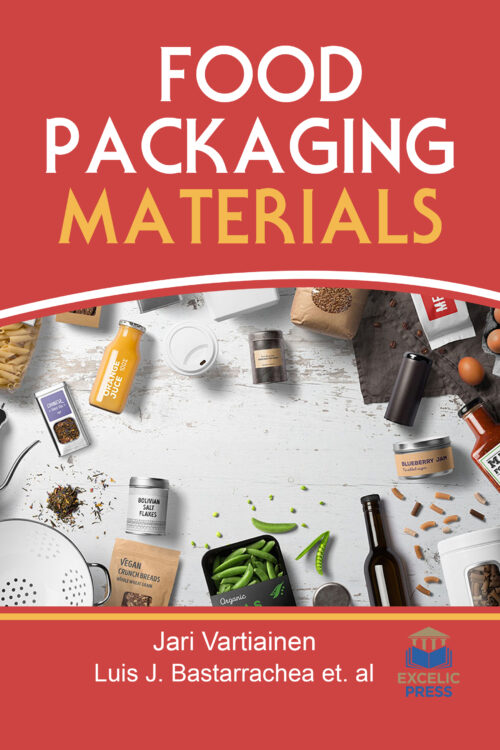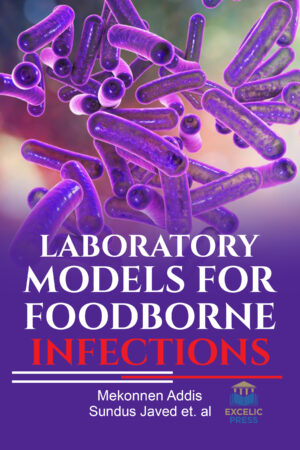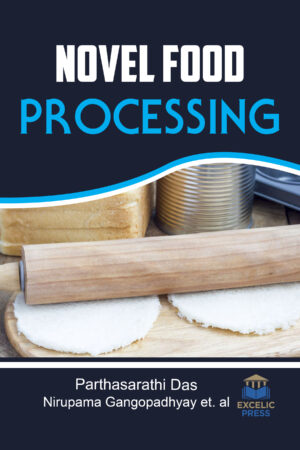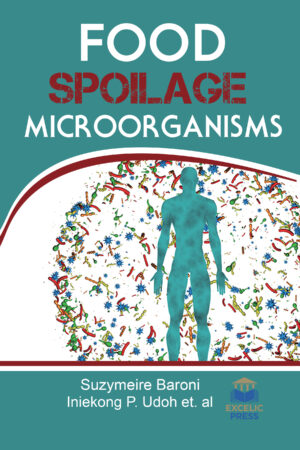Description
The package is used to protect the product from the deteriorative effects of external environmental conditionals like heat, light, presence or absence of moisture, pressure, microorganisms, gaseous emissions, and so on. It also provides the consumer with the greater ease of use and time saving convenience and contain product of various size and shapes. The key safety objective for traditional packaging materials which comes in contact with food is to be inert as possible. These technologies are designed to the increasing demand for safer foods with better shelf life. The efficient design of microwave food products and associated packaging materials for optimum food quality and safety requires knowledge of product dielectric properties and associated heating mechanisms, careful consideration of product geometry, knowledge of modern packaging and ingredient technologies, and application of computer simulation, statistics and experimental design. Integrated knowledge and efficient application of these tools is essential for those developing food products in this demanding field.
Food Packaging Materials: Testing & Quality Assurance is designed to shed light on food packaging material testing in view of packaging integrity, shelf life of products, and conformity with current regulations. The book reviews about different smart packaging systems and their applications in food packaging, packaging research with latest innovations. The effects of packaging materials on the quality characteristics of cooked food for changes in physicochemical (moisture content, pH, titratable acidity (% lactic acid) microbiological (total viable bacteria count, lactic acid bacteria count, coliform bacteria count and yeast and mold count) and sensory qualities (appearance, taste, flavor, overall acceptability) are examined.
Various smart packaging technologies are developing in recent years which are being integrated to the packaging systems to meet the requirements of food supply chain. Adoption of suitable packaging technologies by the food industry can be useful to extend the shelf life, improve quality, safety, and provide information about the product. Research on these smart packaging technologies can result in further improvement of the existing system.
Covering state of the art information, this book will appeal to food scientists, polymer chemists, and packaging technologists find practical solutions to packaging defects and to develop innovative packaging materials for food products.





